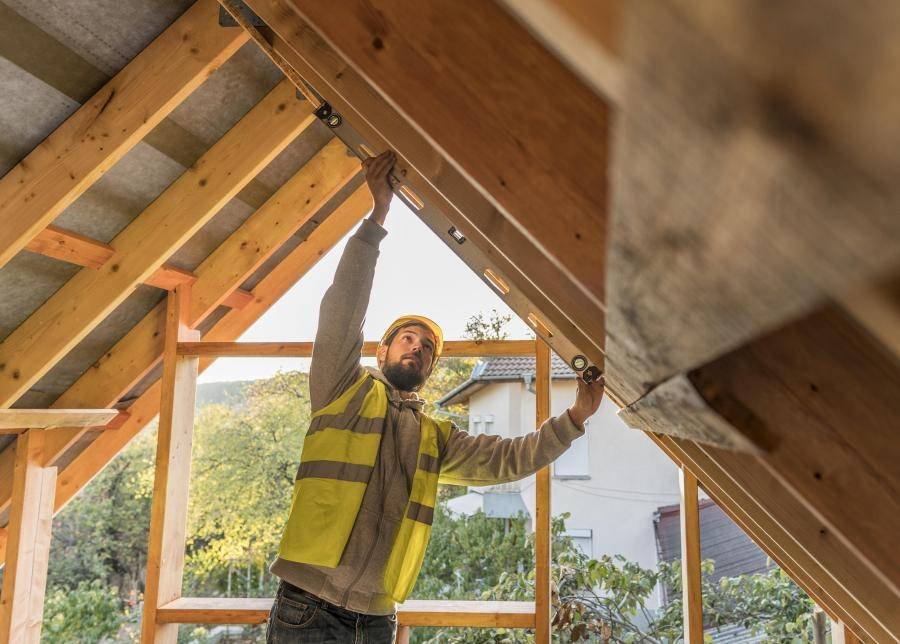What do to before and during an ADU building in Los Angeles?

The Complete Guide to Building an ADU in Los Angeles
1. Zoning Check
Who is responsible: Property owner or architect
Before starting the project, it is neccessary to verify whether your land complies with local codes and that an ADU is permitted. In Los Angeles, you can use the ZIMAS (Zone Information and Map Access System) tool to verify zoning and other regulations.
2. Design and Construction Plans Preparation
Who is responsible: Licensed architect or structural designer
Creation of detailed construction plans, including floor plans, sections, and technical drawings. These plans must meet California building codes and local regulations.
3. Obtain permits and statements from city authorities
Who is responsible: General Contractor (in collaboration with architect)
Before construction can begin, permits must be obtained from various city departments, such as:
- Department of Building and Safety (LADBS): General Building Permit
- Department of Water and Power (LADWP): Plumbing and Electrical Statement
- Fire Department: Fire Safety Assessment
- Department of City Planning: Verification of compliance with zoning and historic zoning
4. Selection and Purchase of Building Materials
Who is responsible: General contractor (in collaboration with the owner)
Selection of appropriate materials that meet safety, durability, and aesthetic requirements. California has specific requirements for fire-resistant materials, especially in areas with higher fire risk.
5. Construction of the ADU
Who is responsible: General contractor (with subcontractors)
The construction itself includes:
- Foundation and civil engineering: Site preparation, excavation, concreting.
- Frame and Roof Construction: Construction of the supporting structure and roof system.
- Installation of utilities: Electrical, water and sewer connections.
- Interior work: Installation of walls, floors, doors, windows and finishing work.
6. Inspections during construction
Who provides: General contractor (in coordination with city authorities)
Several inspections are required during construction to ensure compliance with building codes:
- Foundation inspection: Before pouring concrete.
- Rough inspection: After the frame and installations are completed, before covering.
- Final inspection: After all work is completed before acceptance.
7. Obtaining a Certificate of Occupancy
Who provides: General contractor (in coordination with city authorities)
After a successful final inspection, an acceptance decision can be obtained, allowing legal occupancy of the ADU.
Building an ADU in Los Angeles is a complex process that requires careful planning, coordination, and compliance with local codes. Working with qualified professionals, such as architects and general contractors, is essential to the successful completion of the project. If you are interested in building an ADU, we recommend that you contact experienced professionals who can help you navigate the process and ensure that your project complies with all requirements.
Similar Topics
-
What do to before and during an ADU building in Los Angeles?
Thinking about adding an ADU to your property in Los Angeles? Whether you're expanding your living space or creating a new source of income, building an ADU is a big project that requires careful preparation and planning. From navigating local regulations to staying on top of construction details, knowing what to expect before and during the build can make all the difference. Here’s what you need to know to get started.Read More
-
Do you have a land that is unused or underutilized? Give it up and increase the value of your property while earning extra income!
Nowadays, the development situation in cities like Los Angeles is changing right in front of our eyes. With the rising cost of housing and the increasing demand for residential space, more and more property owners are choosing to use their land more efficiently. The trend that is gaining momentum is clear: the number of undeveloped land plots is decreasing. And this is an opportunity to turn unused or underutilized land into a profitable investment that can not only bring you additional income, but also increase the value of your property.Read More
-
How much can I earn renting out an ADU?
Accessory Dwelling Units (ADUs) are becoming a popular way for homeowners to generate extra income. But how much can you actually make? It depends on several factors, including your location, the size and condition of your ADU, and whether you rent it out short-term or long-term.Read More



